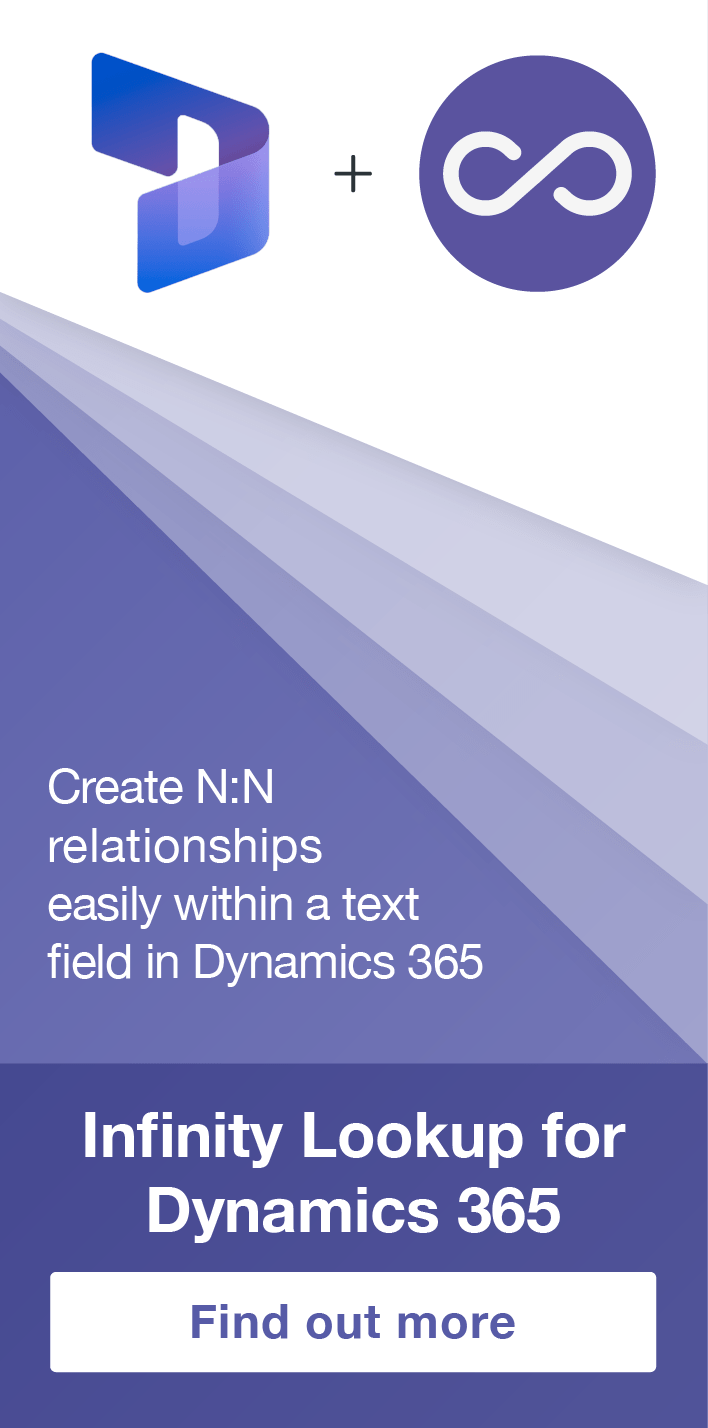Are you ready for a virtual agent?
John Eccles, 30 July 2021
Virtual Agent
A virtual agent (or virtual assistant or chatbot) is software that uses scripted rules and, increasingly, artificial intelligence (AI) to provide automated service or guidance to customers or employees.
Virtual agents offer the promise of 24/7 service and significant efficiencies as human customer service staff are freed from routine tasks.
But not every virtual agent project is a success story. When the performance is inadequate, users may be left feeling frustrated and customer experience can decline.
It’s technology that is filled with promise, but fraught with ‘gotchas’. Proceed, but with caution.
Rules-based or AI-based?
Rules-based chatbots have been around for decades and are now relatively inexpensive. They are also known as ‘decision tree chatbots’. A rule-based chatbot depends on keywords in the questions it receives to understand the queries and then looks up predefined answers to provide a relevant response. It may ask a series of qualifying questions to narrow the search and increase the relevance of the result.
Everything is predefined with a direct link between the question asked and the response the chatbot can look up in a knowledgebase.
Rules-based chatbots are great for straightforward queries such as checking on opening hours or an account balance. They’re not so great for complicated questions.
There are benefits to the rules-based option:
Lower cost as the technology and implementation is straightforward
Simpler and therefore faster with no need for ‘training the chatbot’
Full control of the responses of the chatbot as the structures and answers are pre-defined.
AI-based chatbots utilise machine learning and natural language processing (NLP) to create a more dynamic experience.
Machine learning describes algorithms which are trained on a dataset of inputs (questions) and outputs (responses) and which then self-improve over time. A chatbot with machine learning analyses responses based on the outcomes of previous results (such as a helpful/not helpful rating). It becomes better at learning exactly what worked, and what didn’t and thus tends towards the ideal interaction.
NLP accounts for the nuances of human conversation. Unlike a rule-based chatbot, a chatbot with NLP won’t rely on keywords, but will try to understand the intent of the customer. It will process the context surrounding a question using inputs such as user credentials and the type of language used. The more it interacts, the better it will become at understanding intent, and the better it will become at answering customer requests.
The advantages over the rule-based chatbot are as follows:
Less susceptibility to typos and grammatical mistakes as it can ‘learn’ them
It will continuously improve without much further assistance
Conversing with an AI chatbot feels more natural.
Be warned: Good AI-based chatbots are notoriously hard to create given the complexities of natural language. Many fail miserably to connect with their users.
Text messaging or Voice communications?
When faced with a problem, many people still prefer to have a telephone conversation rather than search for a solution via self-service options like FAQs, a portal or live-chat. An alternative to the customer call centre is a virtual agent which communicates with voice rather than text.
There are a couple of additional components in the system. A voice virtual agent (or voicebot) needs automatic speech recognition (ASR) to convert spoken words to text and a text to speech (TTS) engine to deliver a human-like voice experience.
The advantages are:
A faster interaction as voice is a faster way to communicate with customers
Potentially a more positive customer experience as the communication is more personal and interactive.
Some of the ‘gotchas’
A chatbot may be too dumb. People get frustrated and annoyed when the virtual agent doesn’t understand what they want.
AI-based virtual agents can learn bad responses and have been known to use bad language and hate speech to customers.
Even the smartest AI-based virtual agents can get it wrong. You only need to experiment with Alexa, Siri, Google Assistant or Cortana to see for yourself. My favourite example is when my grandchildren wanted to know the meaning of my name. I suggested they find out online. So they asked google, “What is the meaning of John?” The answer, which they have never forgotten, was “John – a toilet.”
Where to start
Start with simple applications.
That’s where the quick wins are to be found and the risk is lowest.
Start with a rules-based chatbot.
It’s simpler, faster to implement, less expensive and works well for simple applications.
Start with text messaging, not voice.
It’s simpler, faster to implement and less expensive.
Try out your first virtual agent on internal staff or a controlled group of customers.
You will inevitably make mistakes. The aim is to maximise the benefits and minimise the damage. Test thoroughly. Walk before you run.need

